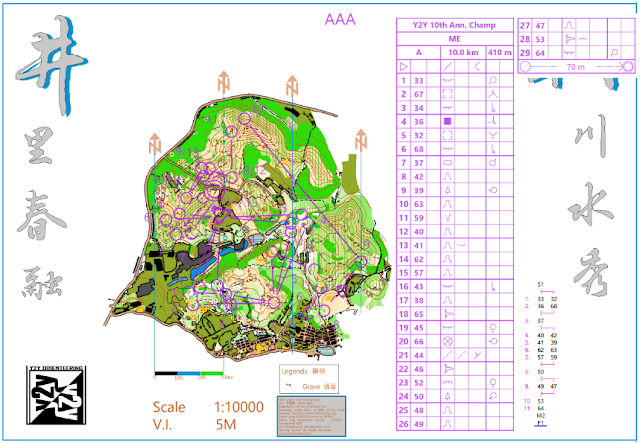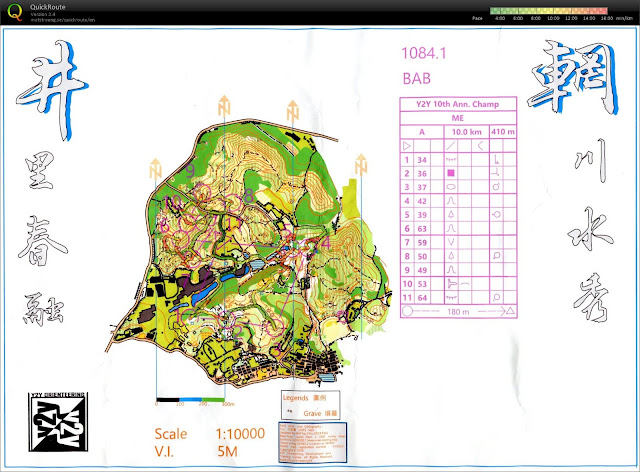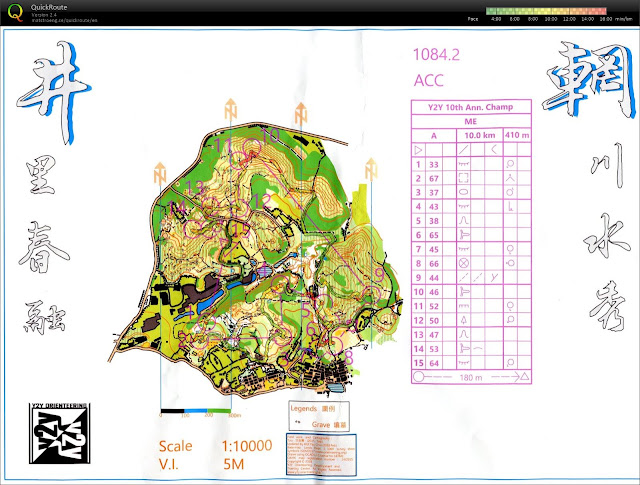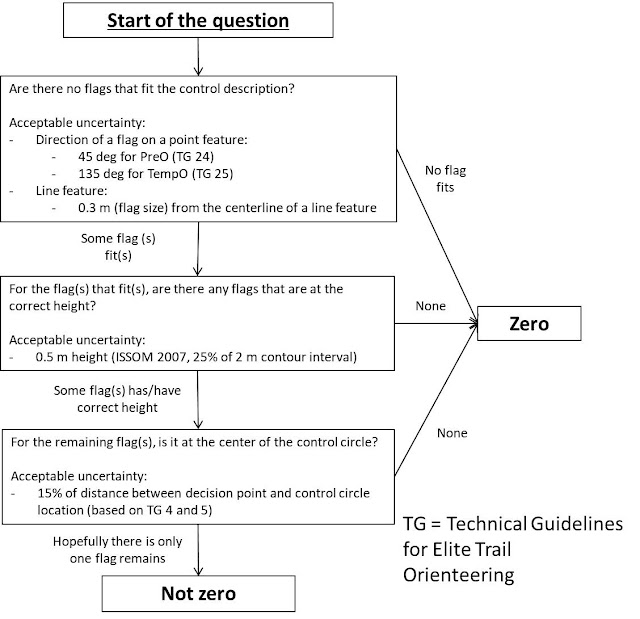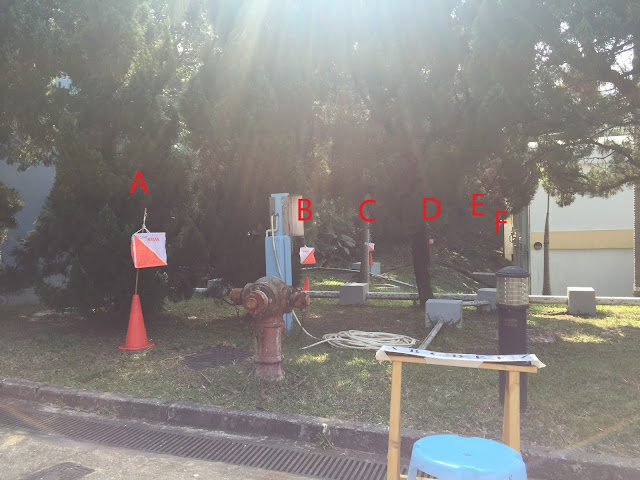When I returned home to Hong Kong and continued the swing dancing, I referred it less as "vintage swing". I could safely say that swing dancing is usually a partner dancing with relaxed connection, downward pulse, and using swing jazz music that has an uneven "swing" rhythm.
In the US, however, the word "swing" can mean several styles of dancing that use different techniques. Moreover, different dance scenes may have different seriousness in dancing, and may result in conflicts between groups.
Here is what I observed in several of the my college dance scenes that have "swing" connotation. Somehow I feel uncomfortable to name the clubs out loud, so I will just call them Club A, B, and C.
A college club that deals with vintage swing
Club A is the one that preserves the root of swing, meaning that they are doing vintage swing style with dances such as Lindy Hop, Charleston, Balboa, and various forms of Shags. This is the place to dance with swing jazz music, with relaxed connection and downward pulse. Club A cares a lot about the history of swing. The classes will often put in information like Frankie Manning and Savoy Ballroom in different places. The beginner class always has a dance etiquette section to talk about the manners for being a social dancer. The experienced dancers sometimes form a group to practice for performances, and they compete. Yet, the focus is still social dancing.
Club A was not the first club that I learned swing from. When I was a beginner, I did not even realize that I did not do swing in the vintage swing style. When I knew, I took several years to understand a bit about the techniques. My first class was in Club B, which I will discuss next.
A college club that introduces partner dancing, mostly ballroom
Club B is the one that focuses on introducing beginners about any forms of partner dancing. This includes ballroom dancing in Standard and Latin styles, but also includes salsa, swing, and west Coast Swing. It is important to point out that in American Latin style, swing, as in East Coast Swing, is one of the dances. Ballroom dancers emphasize firm frames, and ballroom-style swing is no exception. By the way, I think the counterpart of swing for International Latin style is Jive. The posture for Jive is different from the vintage swing and ballroom swing. For a little history, the swing in ballroom style came from the standardization of vintage swing in the 1940s.
Club B was the first club that I started to learn partner dancing. The idea that having a good frame is good dancing was getting into my mind from Club B. When I got to Club A for more social dance, I used what I learned in Club B to dance. When I was told to relax the arms, I was thinking that how I can lead well when I do not have a firm frame, and I ignored the advice. I only understood that what "swing" in Club A is different than "swing " in Club B a few years later. After I did not do ballroom anymore, I put my goal to unlearn the frame and learn the relaxed vintage swing connection.
As a side note, I quit ballroom and went to vintage swing because while ballroom can be danced socially, it is more associated with competitive dancing, where dancing to a routine with perfect technical execution is the goal. As a beginner, I did not find it attractive. Swing dancing seems to offer more creativity. If I know how to lead a move, I can do many different things. Later on, I also knew how vintage swing dancers care about dancing to the music (musicality).
Before I left the US, I could see someone doing vintage swing in Club A using ballroom techniques, since I was like that person before. It was great that they still came to Club A to dance swing, though. Club B is still a friendly club that emphasizes dance etiquette, and Club A had worked with Club B before to introduce vintage swing to the beginners. I guess if the Club B beginners are reminded sometimes that firm frames are no good use in vintage swing, they may learn about the subtle differences between the vintage swing and the ballroom swing.
A college club that dances for fun only
Club C is the one that I have a mix feeling of it.
Club C also focuses on the beginners. They mainly teach swing, and sometimes have one-day lesson on other dances. Their teach style, however, is sometimes like monkey see monkey do -- no pointers on how to execute the moves. They really focus on many moves, and sometimes fancy moves -- pretzels, aerials, you name it. In many of these classes, the whole time is just figure out how to do the one move, at the expense of not doing the basics. The beginners seem to buy it, though. They are happy that they can try to learn something difficult to show off. What they do not know are that difficult moves without techniques do not make them more advanced. Yet, I guess many of them do not care to be advanced.
One of the flash mob activities that they do is to dance on the crossroads. When the pedestrian green light is on, they dance on the road for the duration of the green light, and repeat for an hour. It does have a public display power, but dancing for less than 30 seconds feels too rushed for me. Nevertheless, the college students who participate this enjoy it, so who cares?
Club A, of course, does not like what Club C is doing. The more experienced Club A members think that Club C members sometimes do something unsafe in their dances. Most importantly, Club C misrepresents swing dancing, since they almost spend no time in explaining techniques, and fancy moves tend not to be useful in social dancing environment. It is quite common in the US swing dance scene to have a rule that aerial moves (air steps) should not be performed on the social dance floor, since these moves not only may hurt the dancers themselves, but also the other dancers. When Club C members come to Club A to dance, and find that aerials are not allowed on the floor, some of them never come again.
Club C, of course, also does not like what Club A is doing. The members of Club C may think that swing is characterized by all those crazy moves. Watch the movie Swing Kids (1993).
Watch the famous Gap ads. They really want to learn how these people dance! Why can't they do these moves in Club A's dance floors?
Well,
Frankie Manning did them, too. However, I think he also emphasizes the importance of social dancing, and his aerials are just for the performances (correct me if I am wrong).
I guess members in Club C only want to have fun in learning to dance, and do not want to be judged. They do not care to learn things in the wrong way, since they want the freedom to dance whatever they want. Perhaps because of this, they can maintain a good number of members.
Before I left the US, a few members in Club C also stayed in the dance in Club A. They stayed for a while, but they would comment why aerials or pretzels would not be taught in the classes of Club A.
This is the struggle between Club A and Club C. If a club tries to preserve the history of swing, would that be done with the loss of fun? Unfortunately, I think Club C can attract more young people than Club A because Club C seems to have more moves to learn. Please think this in the view of the first-time dancers.
This struggle also shows why the experienced dancers should not be too judgmental to the beginners. They sometimes really don't know what they don't know. If the beginners have two left feet, making them move their legs is already busy for them, and they could not listen to the details of the techniques. When the beginners do not feel the fun of the dance because the experienced dancers avoid the beginners, the beginners leave forever. Because of this, I do not support instructors that do not spend time to dance with the beginners in the social dance floor.
A balance of the fun of dancing and the technique of dancing gives me the mixed feeling. Also, I previously said that I stopped doing ballroom because of less freedom, but what Club C does is too much freedom, at a point of no longer defining the spirit of vintage swing.
A minor pocket of west coast swing
There is not much west coast swing in my college scene for now. In other parts of the US, however, there are large events that give west coast swing workshop. Sometimes they also just call themselves swing (
example here). The techniques of west coast swing are of course different from vintage swing, even though west coast swing is a direct descendant of Lindy Hop. My incomplete understanding is that west coast swing is a smooth dance (no pulse), and the most important step count is 7 & 8, also known as the anchor step. Lindy Hoppers focus on 1 - 2, the rock step. This is just another source of confusion on "what swing you are doing".
Summary
I hope this explains why I feel that it is a blessing that the swing beginners in Hong Kong does not need to care too much about the definition of "swing" too much. Swing dancing is relatively new in Hong Kong, around 10 years in history (I think). Ballroom people probably only know about jive, and west coast swing is completely new to Hong Kong for now.
It also explains my reluctance in learning some fancy moves that have little use in the social dance setting, or do not have the swing technique foundations. I always focus on social dancing. Solo jazz is just a side dish that helps me with the social dancing. If (vintage) swing is just about solo jazz, I probably will not think about dancing swing at all.


